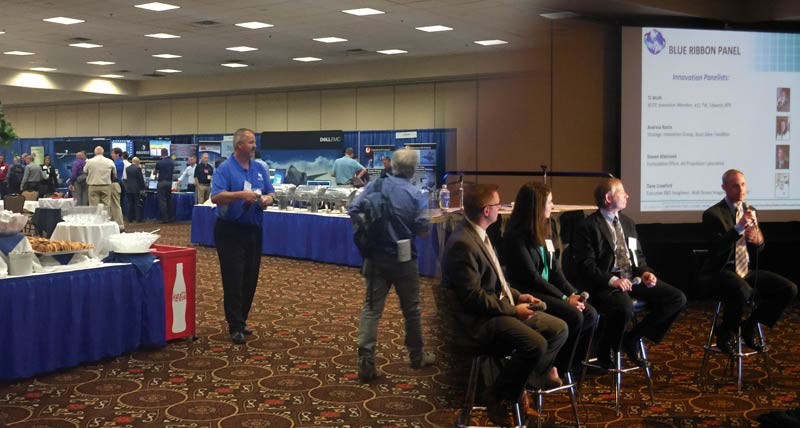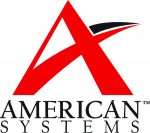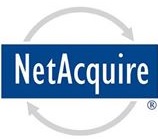Tuesday, May 14th – Pre-Workshop Tutorials
NOTE: Pre-Workshop Tutorials require a separate fee from the Workshops.
Single Tutorial – $205, Two Tutorials – $385 (use discount code “Tutorial-Multi” at check out).
8:00 a.m. – 5:00 p.m. All Day Tutorials
Basics of Aircraft Instrumentation Systems
Bruce Johnson, NAWCAD
This course will cover a wide variety of topics related to Aircraft Instrumentation. Data, Telemetry, Instrumentation System Block Diagram, Standards, Data Requirements, Transducers / Specifications, Video, 1553 Bus, Using Requirements to Configure an Analog Data Channel, Creating a PCM Map to Obtain a Sample Rate, Telemetry Bandwidth, Record Time, GPS, Audio, Telemetry Attributes Transfer Standard (TMATS), and Measurement Uncertainty – Interpreting the Results. This is great introduction for new hires or a refresher for current employees.
8:00 a.m. – 12:00 p.m. Morning Tutorials
Accelerating the Analysis of Test Data Using
Effective and Efficient Experimentation
Mark J. Kiemele, Ph.D., Air Academy Associates
It is not widely known that the manner in which data is collected highly influences how easy or how hard it will be to analyze and evaluate the results once the data has been collected. This tutorial will address the fundamental principles of optimal data collection with regard to test and evaluation, with special emphasis on the ability to characterize the process or system under test after the data has been collected.
We will cover the major pillars for developing a culture of proper experimentation and demonstrate each of the principles using a miniature roman catapult. The principles covered will include a technique for reducing the impact of extraneous variation and the use of measurement system analysis for the purpose of ascertaining the quality of data from a statistical perspective as well as conducting uncertainty analysis of the measurements. The analysis of experimental data will be shown to be impacted by the principles of orthogonality, replication, randomization, and blocking. These techniques and principles are not a substitute for prior process knowledge, engineering knowledge, or experience. But without applying them, engineers, researchers, scientists, or practitioners will not be as effective or as efficient as if they were to use these powerful and proven tools. This tutorial does not require any prerequisite knowledge and will be beneficial to anyone who is associated with test and evaluation activities.
Introduction to Agile Test and Evaluation
Instructor: Jennifer Rekas, MITRE
Agile software engineering process models, such as Scrum, Kanban, or XP, have been popular for several years. Originally, Agile testing practice was focused on individual software projects and how automated test could be accomplished for small teams. As Agile has become a more accepted process model, organizations look to scale it for larger, more complex systems that are not all software-based, as well as identify how to perform test and evaluation in an Agile context using DevOps technologies. This tutorial introduces several Agile and DevOps process concepts, with a focus on Test and Evaluation.
Topics for this lecture-based tutorial include:
- Review of the Agile process at the individual project level and scaled process models for larger systems
- Examples of agile testing practices
- Introduction to DevOps, particularly how test and evaluation fits into that paradigm
- Explore a case study of how agile test and evaluation was implemented on a large system of systems effort
IRIG 106-17 Chapter 7 Packet Telemetry Downlink Basis and Implementation Fundamentals
Instructor: Johnny Pappas, Zodiac Data Systems, Inc.
This course will focus on presenting information to establish a basic understanding of the 2017 release of the IRIG 106, Chapter 7, Packet Telemetry Downlink Standard. It will also focus on the implementation of airborne and ground system hardware and methods to handle IRIG 106, Chapter 7, Packet Telemetry data. The presentation will address the implementation of special features necessary to support legacy RF Transmission, data recording, RF Receiving, Ground Reproduction, and Chapter 10 data processing methods.
Troubleshooting Ethernet Data with Wireshark
Paul Ferrill, ATAC
The “Troubleshooting Ethernet Data with Wireshark” tutorial will use real-world aircraft data to demonstrate how to use the open source program Wireshark to both view data and troubleshoot problems. The class will include presentation and hands-on usage of Wireshark to look at data as if you were connected to the Ethernet network on an airplane and if you were connected to an IRIG 106 Chapter 10 recorder broadcasting data over UDP. We’ll start out with a brief overview of Ethernet fundamentals and then get right on to using Wireshark.
Video and Video Compression Tutorial
Gary Thom, Delta Information Systems
With the growing complexity of flight test programs and the improved efficiency of compression algorithms, video is an ever increasing component of flight test data collection. This tutorial will provide a basic understanding of video interfaces. This will include a discussion of the signals, formats, resolutions and frame rates. Building on those basics the tutorial will then present a high level description of how video compression works and the trade-offs that can be made when selecting and implementing video compression components. An overview of various video compression algorithms will be provided, highlighting the differences between the algorithms. We will examine the effects of video compression on video quality and investigate some of the causes and resolutions of quality problems. Finally, there will be a brief overview of audio compression.
1:00 p.m. – 5:00 p.m. Afternoon Tutorials
iNET Telemetry Networks
Thomas Grace, NAVAIR and Ben Abbott, SwRI
Chapters 21 through 28 of the Range Commanders’ Council (RCC) IRIG-106 standards were developed to support a wide variety of components and system compositions. This tutorial provides a quick overview of these IRIG standards along with providing insight into the new capabilities that systems using these standards can utilize. The presentation includes current performance measured through the developmentally flight-tests. It is intended for anyone who wants an introduction or update on the current status of the TmNS technologies and system capabilities.
Long Term Evolution Advanced (LTE-A) 4G Cellular Technology: Network Architecture, Physical Layer Structure and Procedures, and Signaling Aspects
Achilles Kogiantis, PhD, and Kiran Rege, PhD, Perspecta Labs
LTE has now reached the 11th year since its introduction. In its latest releases, LTE-A represents a mature 4G technology that encompasses a sophisticated suite of wireless communications techniques and includes all the lessons learned in the earlier generations of cellular technology. As the LTE global ecosystem of device and infrastructure vendors grows, the economies of scale accelerate the opportunities for its technology adoption. Testing Range Telemetry can be a direct beneficiary. In view of this opportunity, the course covers the following key areas: LTE Radio Access and Core Network Architecture; 3GPP Specifications Structure; Transport Channels; Physical Layer Structure and Procedures for Downlink and Uplink Communications (modulation, coding, Hybrid-ARQ, multi-antenna techniques, pre-coding, channel state information, channel structures, TDD/FDD configurations, scheduling); Carrier Aggregation; Signaling Mechanisms (radio resource control in idle and connected states, random access, initial access, registration, mobility management and handover, radio link control and mapping to IP flows); RF Planning and Network Structure for Terrestrial Networks; Performance Assessment at Link and System Level; Evolution Path.
Real World Telemetry over IP
Gary Thom, Delta Information Systems
As telemetry ranges are making the move to network centric architectures, it is worth considering the lessons learned over the previous 10 years of designing, installing, troubleshooting and optimizing telemetry data distribution over IP networks. This tutorial will begin with the motivation for moving to Telemetry over IP (TMoIP). It will then provide a basic networking foundation for understanding TMoIP and TMoIP formats. With this basis, we will be able to discuss network design considerations and tradeoffs for a successful TMoIP deployment. Finally, we will present some of the real-world problems and issues that may arise in a TMoIP system and the troubleshooting techniques that can be used to resolve them.
The TENA and JMETC Solution for Distributed Test & Training
Gene Hudgins, KBRwyle
Together, TENA and JMETC enable interoperability among ranges, facilities, and simulations in a timely and cost-efficient manner. TENA provides for real-time system interoperability, as well as interfacing existing range assets, C4ISR systems, and simulations; fostering reuse of range assets and future software systems. JMETC is a distributed, LVC capability which uses a hybrid network architecture; the JMETC Secret Network (JSN), based on the SDREN, is used for secret testing and the JMETC Multiple Independent Levels of Security (MILS) Network (JMN) is the T&E enterprise network solution for all classifications and cyber testing. JMETC provides readily available connectivity to the Services’ distributed test and training capabilities and simulations, as well as industry resources. This tutorial will address the current impact of TENA and JMETC on the Test and Training community; as well as its expected future benefits to the range community and the Warfighter.










